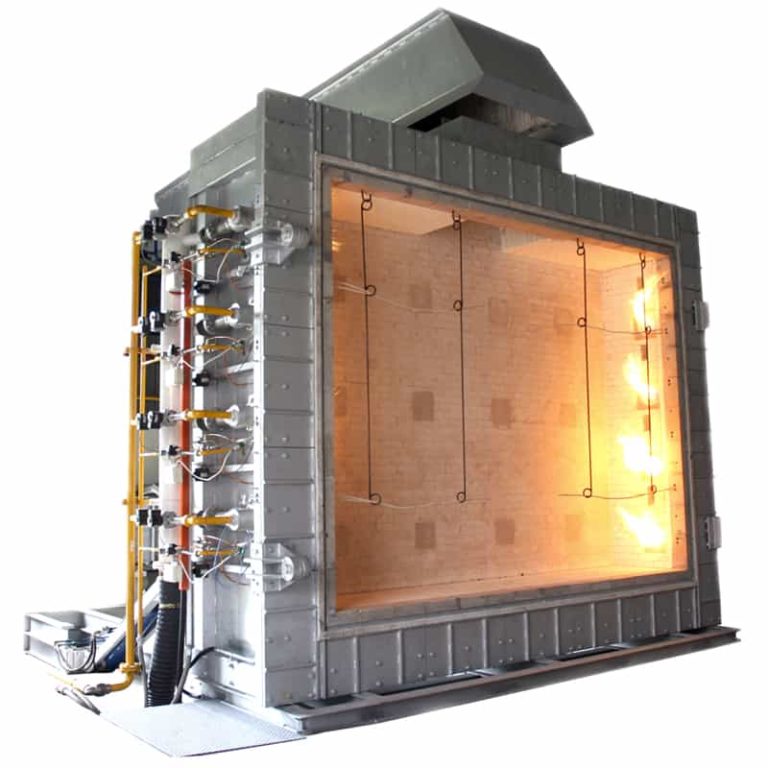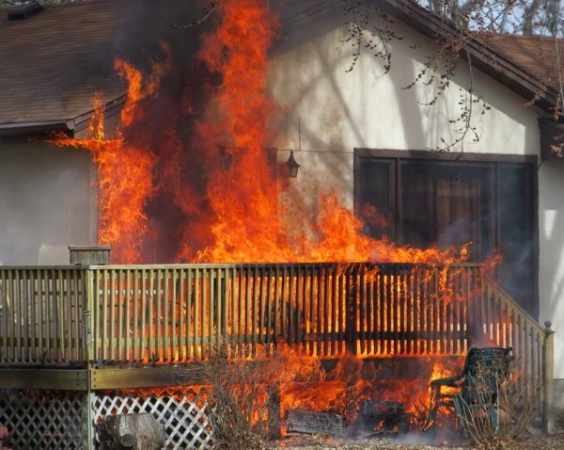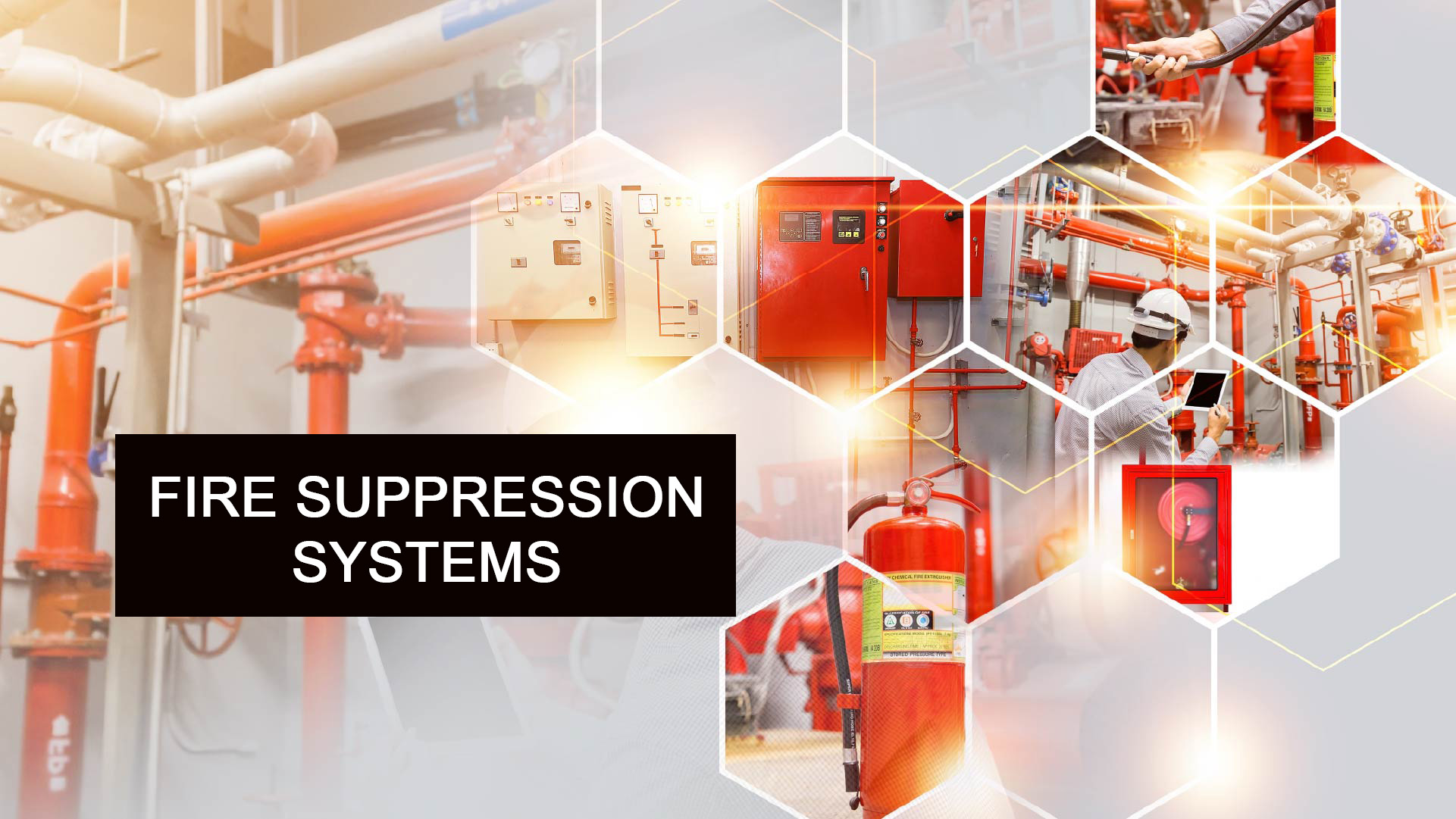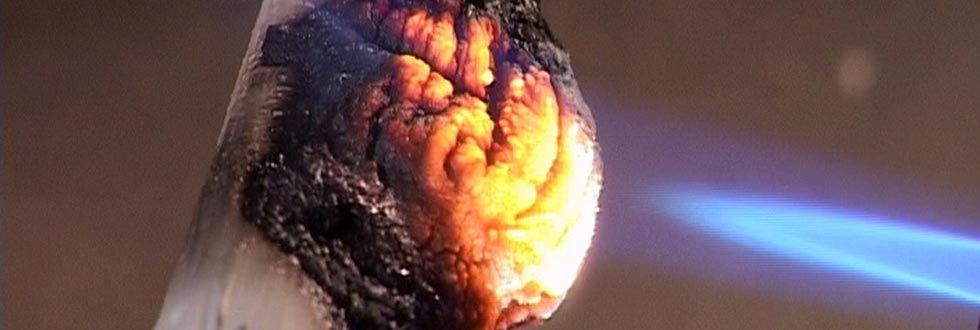
Fire Protection For Schools
It’s crucial for schools to have comprehensive safety measures in place, as you’ve outlined. Not only does the installation of…













Protected by Security by CleanTalk